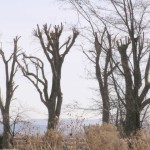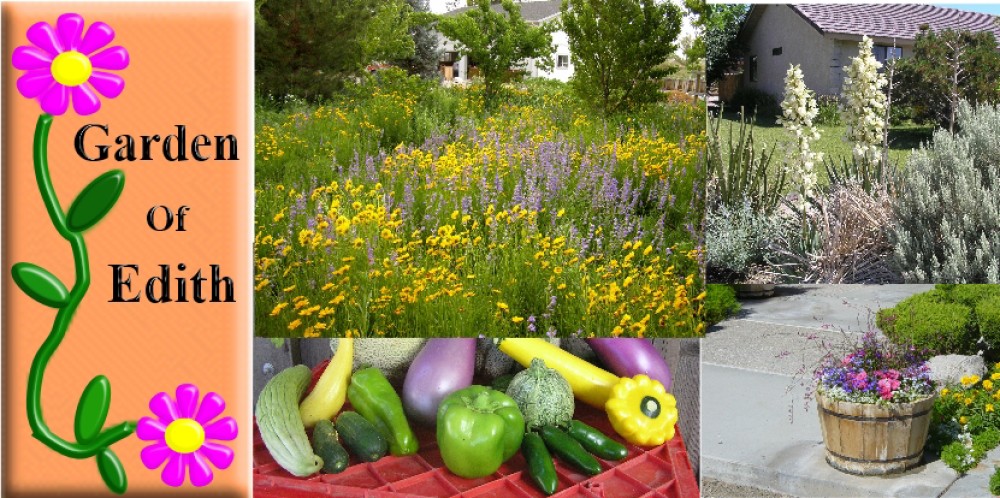In many locations in the arid western United States, the weather starts to warm up

This is an example of hat racking. It creates a hazardous tree that will require extra maintenance in the years to come.
in February and gardeners start getting anxious to start doing yard work. Go slow though since many times this is only a false spring. One gardening task that you can start in February is pruning of fruit trees, trees, and summer blooming shrubs. Before you do, read up on how to do pruning properly. I’ve seen too many bad pruning jobs can increase maintenance tasks later and even leave a more hazardous plant that could become a liability; not to mention lower the value of your property.
Before starting on any pruning, make sure your implements are sharp and sterilized with a 10% solution of Chlorox. For chainsaws and any thing that can’t be dipped in a solution of Chlorox there are sterilizing sprays that can be used. Better yet, save the chainsaw for total tree removal! Chainsaws are hard to sterilize and harder to control. So unless you want to remove the tree they really aren’t very useful.
A good set of pruning tools consists of hand pruners, lopping shears, curved tree saw, and a bow saw. Extended handle pruning tools can be included but they are awkward to use and don’t always make a clean cut.
Now that you have a clean set of pruning tools it might be time to prune but before doing so I recommend checking the Internet for some good information on what to prune and how to prune. Most land grant universities have very good online publications with good illustrations. More detailed and extensive information on pruning can be found in some very good pruning books that can be purchased at local nurseries or bookstores.
Most trees, except for fruit trees need very little pruning. Removing branches that rub other branches or diseased branches is really all that is needed. Also branches that block walkways or rub against the house should be removed.
Fruit trees do benefit from thinning the branches so that more of their energy goes into making fruit but shade trees usually do not need this thinning. If you do thin the branches remember that it’s best not to reduce the crown more than 25% and never top the tree.
Though fruit may benefit from heavier pruning, don’t forget to think about which wood may produce fruit. Some fruit trees only produce fruit on two-year-old wood. If you prune too aggressively you may prune away all of your fruit. Many years this is a mute point if you live in a high desert valley because the frost will freeze the blossoms before pollination. Still, if you prune too aggressively, even good years will not bear fruit.
Do not prune spring flowering shrubs such as Forsythia and lilacs until after they bloom in the spring. Pruning before they bloom will only reduce if not eliminate their showy blooms in the spring.
Roses are one flowering shrub pruned in spring before leaves appear but save pruning them until after you are finished pruning all the other woody plants that you want to prune. This is because you may still have some cold weather and more wood could die or you may have piled up some mulch around the base to protect them from dying below the graft. If you live in an area where winter can hang on until early or even mid spring you may still need that mulch which could get in the way of pruning. Additional, you could find you have pruned the wrong canes and will have no live canes left.
It would take a book to get all the information you need to do a good job proper job of pruning your trees and shrubs and more than anyone wants to read in a blog post so check out your local Cooperative Extension publications and check book stores for pruning books. Many Extension publications are online. Don’t worry if the Extension publication you find is not from your state; most of the information on pruning works no matter where you live. The publications I’ve found online have very good drawings of just how a cut should be made and what should be cut. So before you prune, do some reading and please don’t top the trees.
